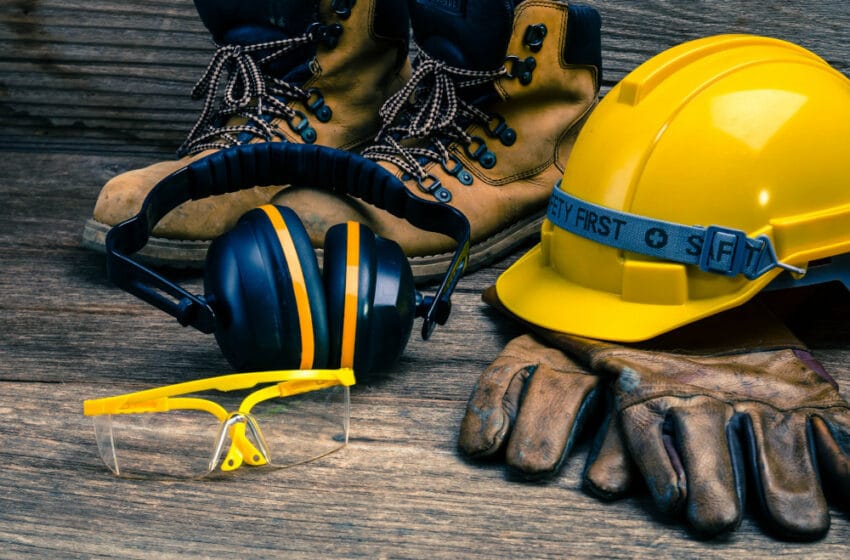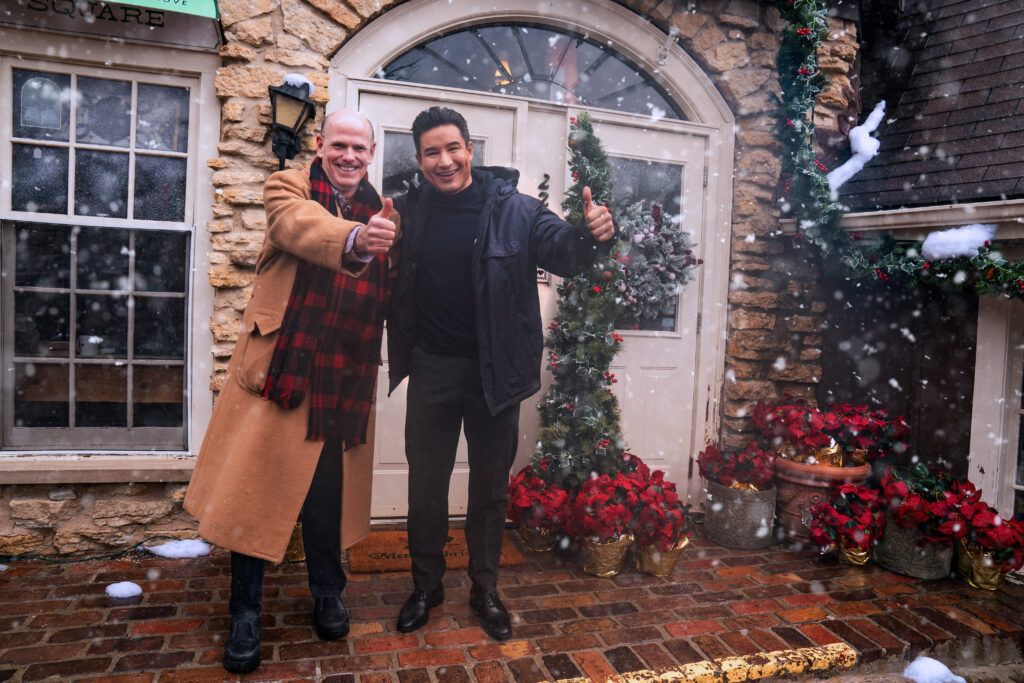Workplace Safety Guide: Construction

Safety is a top-down activity in any business. As CEOs, it’s our responsibility to lead a safety culture that encompasses the whole organization. In this guide, we share some of the top hazards and controls in the construction industry—one that is currently booming across Texas.
If you lead a construction firm, ensure that your safety director understand these focus four, which are construction industry hazards so dangerous they have earned special attention from the Occupational Safety and Health Administration (OSHA). Collectively, the focus four account for nearly 60 percent of construction worker deaths. Eliminating these accidents would save 500 lives per year, according to OSHA. Here is more on each of the focus four in the construction industry, and how employers and workers can do their part to keep everyone safe.
How to Avoid Falls
Falls account for 40 percent of construction workers fatalities, making them the most dangerous of the focus four hazards.
Fall protection. Use fall protection when working at heights of 6 feet or more. Remember that regardless of the fall distance, employers must provide fall protection when employees work over dangerous equipment and machinery. Inspect fall protection before each use for broken parts, stress cracks, frayed or kinked ropes and other damage.
Scaffolds. Scaffolds should be designed by a competent person and include guardrails along open sides and ends. Inspect guardrails, connectors, fastenings, footings, tie-ins, bracing and planking for damage. Remove damaged scaffolds from service immediately.
Housekeeping. A clean, orderly workplace promotes productivity and reduces the risk of slips, trips and falls. Keep walkways, stairs and exits clear of merchandise, supplies and cleaning products. Clean up spills as soon as possible, and use “Caution: Wet Floor” signs in the meantime. In wet weather, use slip-resistant floor mats to keep people’s feet on solid ground.
How to Avoid Struck-By Injuries
There are four common causes of struck-by injuries: flying, falling, swinging and rolling objects.
Flying objects. Any time workers use power tools and do tasks that require pushing, pulling and prying, they are at risk of being struck by flying objects. Controls include wearing eye and face protection when required, ensuring machine guards are in place, and reducing compressed air used for cleaning to 30 psi.
Falling objects. We are at risk from falling objects when we work underneath cranes, scaffolds and other overhead work. Controls include wearing hard hats at all times, using toe boards and debris nets to catching falling objects, and not exceeding lifting capacity of cranes and hoists.
Swinging objects. Mechanically lifted materials can swing, twist or turn and strike workers. To keep safe, stay out of the swing radius of cranes, backhoes, and other equipment; use a tag line if a worker on foot must control the load, and use extra caution on windy days.
Rolling objects. One of the most common accidents involving rolling objects is when a worker is hit by a vehicle in a work zone. Never drive a vehicle in reverse with an obstructed rear view unless it has an audible reverse alarm or another worker signals it is safe. It’s also vital to set parking brakes when vehicles and equipment are parked, and chock the wheels if they are on an incline. Workers should avoid vehicle blind spots at all times.
How to Avoid Electrocution
The primary causes of electrical hazards are contact with overhead powerlines, contact with energized sources, and improper use of extension cords.
Overhead powerlines. Overhead and buried powerlines carry high voltage that can cause electrocutions, severe burns and falls. Stay at least 10 feet away from overhead powerlines, use a spotter to look for powerlines, and always assume overhead lines are energized. Ask the utility company to de-energize lines and identify buried power lines in the area. It helps to use non-conductive wood or fiberglass ladders when working near power lines.
Energized sources. Live parts, damaged or bare wires and defective equipment and tools can cause electrical shocks and burns. Controls include isolating electrical parts with guards, barriers or covers; grounding supply systems, circuits, and equipment; and following lockout/tagout procedures.
Extension cords. Do not misuse power cords. Cords that are kinked, tied in a knot, crushed, cut or bent cannot insulate electrical current safely. Inspect extension cords for damaged insulation, exposed wires, frayed ends and missing or unsecure prongs. If you find a damaged cord, take it out of service immediately. And never make unauthorized modifications to your extension cords.
How to Avoid Caught-in or -between Hazards
Caught-in or -between injuries happen when workers are crushed between objects. Common examples include cave-ins, workers being pulled into machinery and workers crushed between rolling, sliding or shifting objects.
Cave-ins. To avoid cave-ins, do not work in an unprotected trench that is 5 feet deep or more. Also, enter and exit trenches only by using a ladder, stairway, or properly designed ramp.
Caught in machinery. These hazards can be controlled by never removing a safety guard when a tool is being used, following lockout/tagout procedures for clearing jams and cleaning machines, not wearing loose clothing or jewelry, and tying up long hair.
Crushed between objects: Control this hazard, know where heavy equipment is at all times, and keep a safe distance from it.Never place yourself between moving materials and an immovable structure, vehicle or stacked materials. And finally,enforce a traffic control plan, and ensure workers wear high-visibility clothing that meets ANSI standards.
SPONSORED BY:

Caring for Texas for more than 25 years
As the leader of the workers’ compensation market, Texas Mutual is committed to building a stronger, safer Texas. We offer workers’ compensation insurance that protects employers, their businesses, and their employees from the consequences of an on-the job injury or illness. Don’t “go bare”—protect your employees and business with the company who does workers’ compensation bigger and better than anyone else. Whether you work in oil and gas, restaurants, construction, healthcare, auto repair, or any other industry, we’re here to help.





